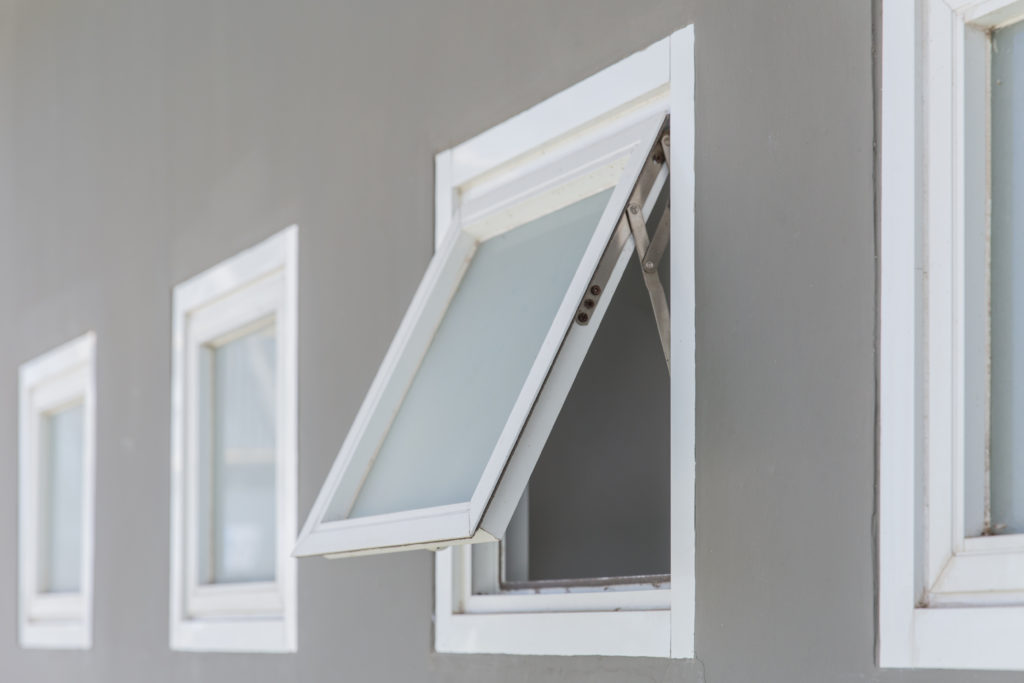A house will never be complete without windows. As a homeowner, do you agree with this?
Windows allow natural light to enter and bring life across your home, helping you save energy, especially during the daytime. They also allow you to appreciate and cherish the view of your local neighborhood without stepping a foot out of your door. Likewise, they keep your indoors ventilated by letting the fresh air in and out of your home.
When choosing or replacing a window, there’s one thing you shouldn’t overlook—the window hardware. It’s a small part of the window with a big impact on your home. Choosing the right one may help you elevate the security of your home, prevent water leakages, and save money from energy bills.
To know more about window hardware, you may visit keelerhardware.com.au, your local hardware, or continue reading this helpful guide.
What Is Window Hardware?
Small details can make a significant impact like window hardware does. However, what does window hardware mean?
Window hardware refers to the small parts and pieces of a window. They are tiny mechanisms responsible for making it lock and open, and they come in different shapes and sizes, depending on the type of window you have. These include cam locks, cranks, hinges, counterbalances, and sliding hardware. You’ll learn more information about them later in this article.
What Are The Types Of Window Hardware?
Manually operated windows have built-in, removable, and replaceable window hardware for opening and closing locks, latches, etc. You may also use window hardware based on their function or as a decoration.
The right window hardware will depend on the type of windows. Take a look at the discussion below to learn more.
As mentioned earlier, window hardware comes in different types, such as:
- Cam Lock
As the name suggests, a cam lock, also known as a sash lock, keeps the window locked and closed. It’s often made of metal and pulls window sashes to keep them tight and secure.
A cam lock has two parts: the locking switch and the keeper. You need to rotate or set the locking switch horizontally to lock it. This means that the metal part of the switch has reached the keeper. Meanwhile, set the locking switch vertically to open it. The locking process may also differ depending on the brand of the cam lock you use.
Moreover, cam locks are best suited for single and double-hung windows. These have sashes that move up and down when you close and open a window.
- Crank Handle
Crank handles are used when closing and opening casement, hopper, and awning windows. These are often made of metal, but some manufacturers produce a non-metallic or plastic finish.
To use a crank handle when opening a window, gently rotate the crank in a clockwise direction and counter-clockwise when closing it. It is easy to operate, but the installation can be tricky, especially for those without experience in carpentry.

- Hinge
Hinges are for door-like windows, including casement, awning, and hopper windows. These are small, metal, movable joint mechanisms that connect the stationary and dynamic parts of the window with a couple of screws. They also help the window move inwards or outwards like a traditional door.
- Counterbalance
Have you noticed that a double-hung window stays open when you lift or move its sash up? This is because of the hardware called counterbalance.
A counterbalance uses weights often hidden in a double-hung window. These weights are connected to a rope and sash to balance the movable sash and prevent sudden dropping when lifted.
However, if the ropes get broken, the weights won’t serve their duty, and the sash won’t be able to lift itself alone.
- Sliding Hardware
As the name suggests, sliding hardware helps the sliding windows slide when you open and close them manually. It has small wheels and rollers at the bottom that aid the window sashes to slide well, similar to your sliding patio doors.
Furthermore, some sliding hardware may not have wheels or rollers, especially if it’s only a small window. For this, a simple sliding mechanism may work.
Final Words
Window hardware allows manually operated windows to move smoothly. Keep in mind the window types you’re using when choosing the best hardware to fit your window.
If you’re using casement, awning, and hopper windows, focus on window hardware that includes crank handles and hinges because these help with the opening and closing.
On the other hand, focus on cam lock and counterbalances if you have or are planning to have single or double-hung windows. Lastly, don’t forget the sliding hardware for your sliding windows.






